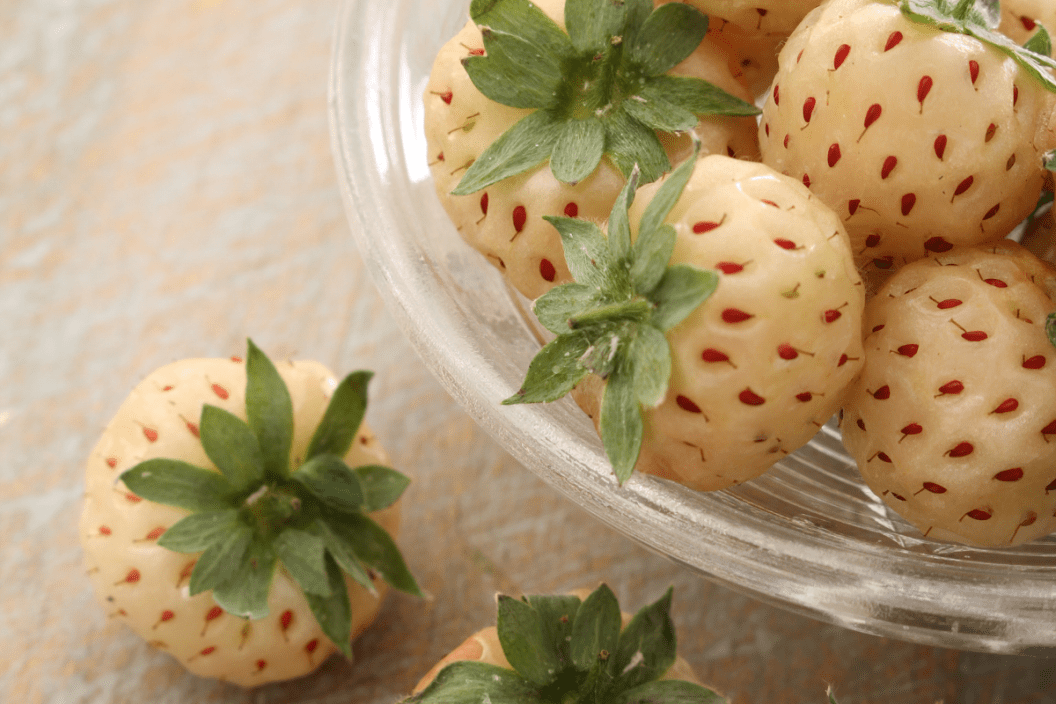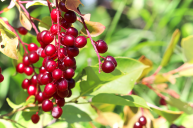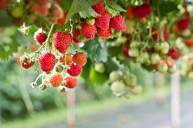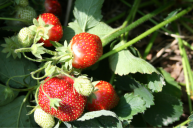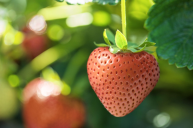Have you ever heard of a pineberry? This word is actually a combination of pineapple strawberry. These unique berries are increasingly popular among growers in farmer's markets and specialty stores, and customer reviews are raving. They look like white strawberries and have been called albino berries by those unfamiliar with this fruiting ground cover. At first glance, they look like an underripe strawberry that has a pinkish or white color, with tiny red seeds. You would probably assume that they would taste just like regular strawberries, but quickly realize that this assumption is wrong. After popping a pineberry in your mouth, you will immediately taste a pineapple flavor thanks to cross-pollination of this everbearing fruit variety. June-bearing strawberry cultivars are usually the norm, but next year you'll want to skip the June variety altogether for some pineberry action!
History of the Pineberry
We can thank crossbreeding for the pineberry fruit. The strawberry we are all familiar with is the Fragaria x ananassa. Pineberry plants are a cross between Fragaria chiloensis, from Chile and Fragaria virginiana from North America. White strawberries originated in South America in the early 18th century. The white strawberry is female, and needs both bees and red strawberries as pollinators. Contrast that with a male strawberry, which is self-pollinating. Males are easier to grow, which is why we see red strawberries in the supermarket. Dutch breeder Hans De Jonghare invited the pineberry by crossbreeding the red and white berry. The US currently gets their pineberries from the Netherlands.
Pineberry Varieties
According to Strawberryplants.org, "The pineberry varieties that are available are the 'White Pine', 'White Carolina Pineberry', 'White D', and 'Natural Albino' cultivars." The White Carolina variety is grown in full sun and has a brighter pink appearance than other varieties.
Growing Different Varieties of Strawberries
Lovelygreens.com recommends getting a bare-root plant instead of strawberry seeds. Bare-foot plants are ones that are dormant. These plants grow well in planters and the ground. Make sure you use a rich soil that has manure or compost and keep it well-watered. Once the berries formed, you'll need to mulch with egg crates or straw.
The pineberry strawberry is everbearing, which means they have a long growing season. This typically goes from late Spring to early Fall. In order to get the largest crop, you'll need a strawberry pollinator nearby. Strawberryplant.org recommends, "For every four plants, it is best to have one regular strawberry plant for pollination purposes." You can purchase your Wonderful Pineberry here.
